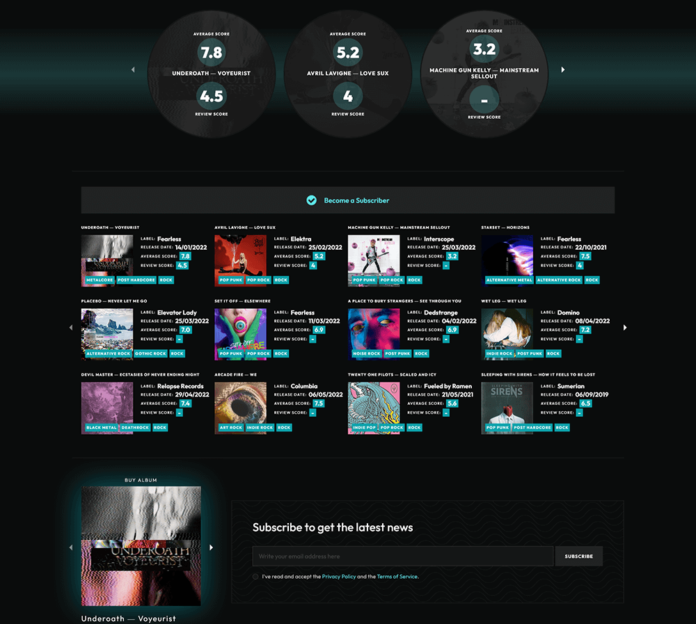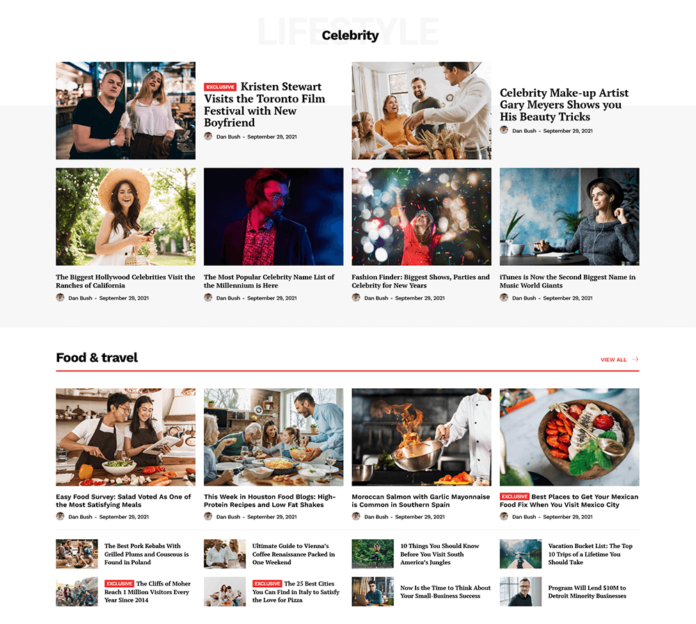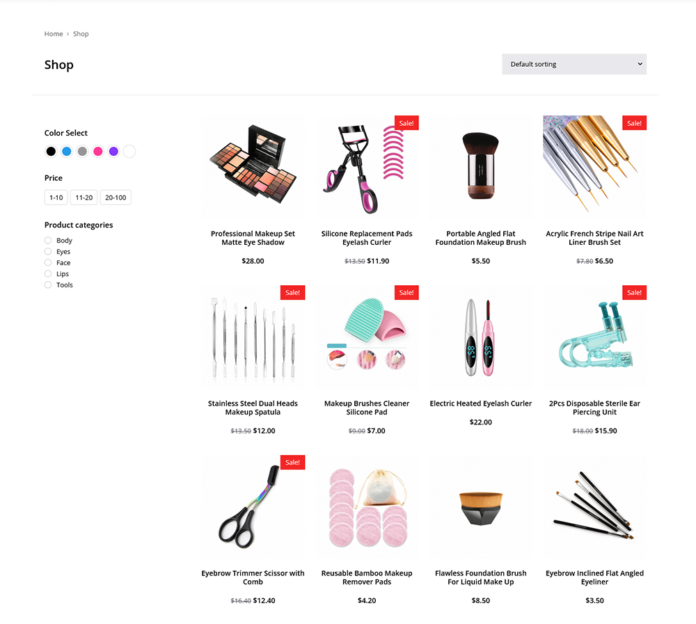Starting a new blog can be exciting, but getting traffic is often the biggest challenge. With so many platforms and strategies available, it’s important to focus on the most effective sources. In 2024, some traffic sources continue to dominate, while new trends are emerging. Here’s a breakdown of the best traffic sources for new blogs this year.
1. Organic Search Traffic (SEO)
Search engine optimization (SEO) remains one of the best long-term strategies for driving traffic. By optimizing your blog posts for search engines like Google, you can attract readers who are actively searching for content related to your niche.
Tips for SEO Success:
- Conduct keyword research using tools like Google Keyword Planner or Ahrefs.
- Write high-quality, in-depth content that provides real value.
- Optimize your on-page SEO (titles, meta descriptions, headings, and internal links).
- Focus on building backlinks from reputable websites.
SEO takes time to show results, but once your content ranks well, it can drive consistent traffic for months or even years.
2. Social Media Traffic
Social media platforms are powerful tools for promoting your blog content. The best platforms depend on your niche and target audience.
Best Social Media Platforms for New Blogs:
- Facebook: Great for sharing blog posts in niche groups.
- Twitter (X): Works well for tech, business, and news-related blogs.
- Pinterest: Excellent for visual niches like DIY, fashion, and home decor.
- LinkedIn: Best for business and professional content.
- Instagram & TikTok: Ideal for lifestyle, travel, and personal branding blogs.
Engagement is key—post regularly, interact with followers, and use relevant hashtags to increase visibility.
3. Referral Traffic (From Other Websites & Blogs)
Referral traffic comes from other websites linking to your blog. Guest posting, collaborations, and blog mentions can drive high-quality visitors to your site.
How to Get Referral Traffic:
- Write guest posts for popular blogs in your niche.
- Engage in blog comment sections (leave meaningful contributions, not spam).
- Get listed in resource pages or blog roundups.
- Partner with influencers or bloggers for cross-promotion.
High-quality referral traffic can improve your site’s authority and boost your SEO.
4. Email Marketing
Building an email list from day one is crucial for long-term blog growth. Email subscribers are loyal readers who are more likely to engage with your content.
How to Grow Your Email List:
- Offer a freebie (e.g., an eBook, checklist, or exclusive content) in exchange for email sign-ups.
- Use pop-ups and opt-in forms on your blog.
- Send regular newsletters with valuable content and blog updates.
Email marketing allows you to build relationships with your audience and drive repeat traffic.
5. Paid Traffic (Ads & Promotions)
While organic traffic is ideal, paid traffic can give your blog an initial boost. Running ads on platforms like Google Ads, Facebook, or Pinterest can help you reach a wider audience.
Best Paid Traffic Strategies:
- Facebook & Instagram Ads: Great for targeting specific demographics.
- Google Ads: Works well for ranking high in search results quickly.
- Pinterest Ads: Effective for lifestyle, fashion, and food blogs.
Start with a small budget, test different ads, and optimize based on performance.
6. Forums & Community Engagement
Online communities are excellent for networking and attracting targeted readers to your blog.
Where to Engage:
- Reddit: Participate in niche subreddits related to your blog topic.
- Quora: Answer questions and link to relevant blog posts.
- Facebook Groups & Discord Servers: Join discussions and share your expertise.
Be helpful and avoid spammy promotions—focus on adding value.
7. Video & Multimedia Platforms (YouTube, Podcasts, Webinars)
Video content is growing rapidly, and platforms like YouTube can be an excellent traffic source for bloggers. If you’re comfortable with video, consider repurposing blog content into short videos or tutorials.
Ideas for Video Content:
- Summarize your blog posts in short explainer videos.
- Create how-to guides or tutorials.
- Share behind-the-scenes content to connect with your audience.
Podcasts and webinars are also great ways to engage audiences and drive traffic back to your blog.
Conclusion: Which Traffic Source Should You Focus On?
The best traffic source depends on your niche, goals, and resources. For long-term growth, SEO and email marketing are essential. Social media and paid ads can provide quicker results, while referral traffic and community engagement can boost credibility.
The key to success is consistency—keep experimenting, tracking results, and refining your strategies. By leveraging multiple traffic sources, your blog can grow steadily and attract the right audience in 2024! 🚀








